
Roughly 4,000 years ago, the last known population of woolly mammoths roamed Wrangel Island, an Arctic refuge off Siberia’s coast. Once thriving across the Ice Age tundra, this small, isolated group persisted for millennia before vanishing abruptly. Their disappearance remains a puzzle. However, a deeper dive into their fate offered scientists a rare glimpse into how genetics, environment, and chance interact to determine a species’ demise.
The Ice Age Titans

Woolly mammoths, Mammuthus primigenius, were icons of the Ice Age and dominated the vast, frigid steppes of Eurasia and North America. But as the Ice Age ended, their numbers declined. Rising seas and warming climates confined them to fragmented habitats, with Wrangel Island becoming their final sanctuary. What caused their ultimate extinction? Scientists have been piecing together clues to uncover the truth.
The Wrangel Island Refuge

Isolated by rising sea levels 10,000 years ago, Wrangel Island became a mammoth haven. With limited competition and a stable environment, the population grew to around 200–300 individuals. These mammoths adapted well to their Arctic home, surviving for 6,000 years. Yet, this isolation came with a price: genetic bottlenecks and reduced diversity, which might have made them vulnerable to unforeseen challenges.
Survival and Strain
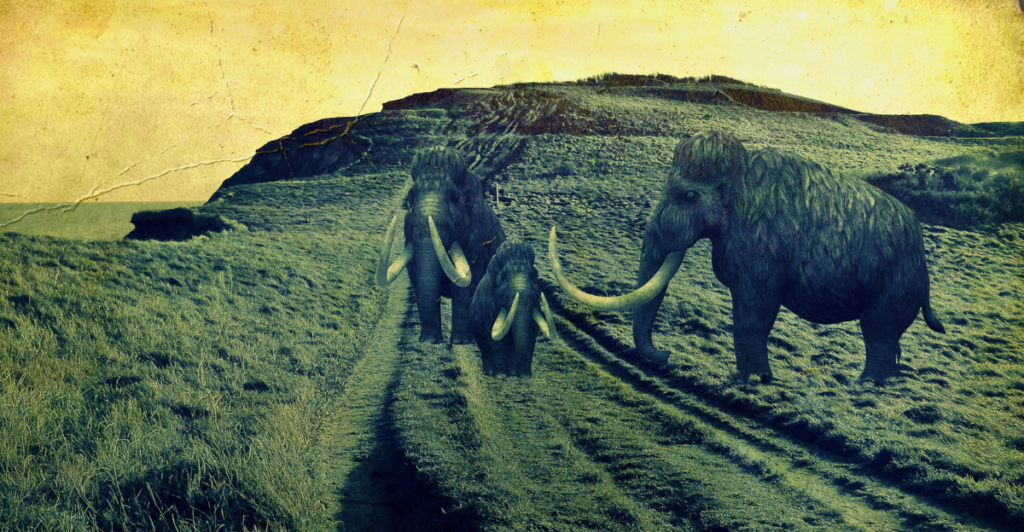
Genomic studies reveal Wrangel’s mammoths descended from just a handful of individuals, possibly as few as eight. Harmful mutations and reduced diversity emerged but didn’t lead to an immediate decline. Natural selection worked to weed out the most damaging mutations, allowing the population to remain stable. However, some traits, like immune system diversity, suffered, potentially leaving the mammoths exposed to diseases.
Clues from Ancient DNA
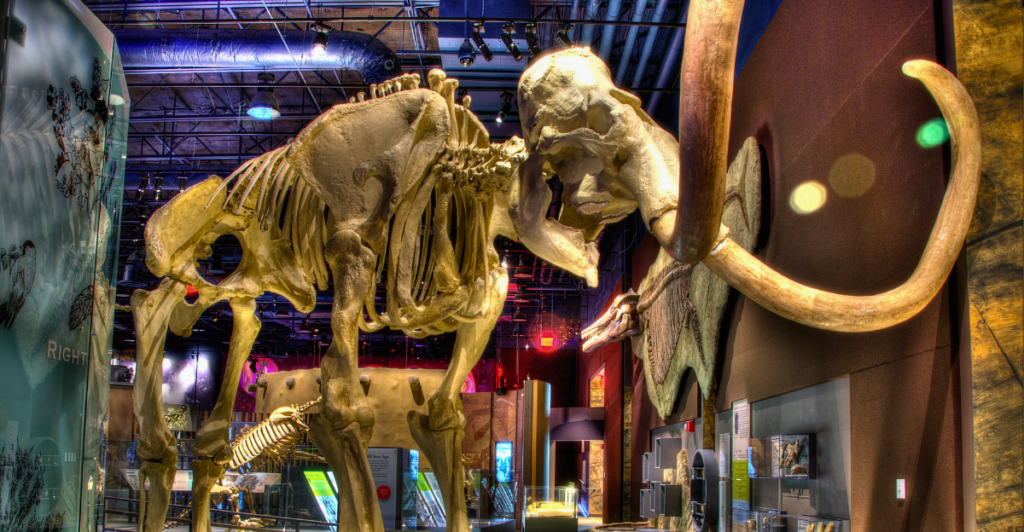
Researchers analyzed genomes from 14 Wrangel mammoths and their mainland ancestors. The results were striking: no gradual genetic collapse was observed. If inbreeding or genetic decline doomed them, a slow, steady drop in population would be expected, explained an evolutionary geneticist involved in the research. But Wrangel mammoths thrived for generations, defying typical extinction patterns for such small, isolated populations.
Adapting to a Changing World

As the Ice Age ended, mammoths faced new challenges. Their lush tundra habitats transformed into wetter, forested landscapes. On Wrangel Island, however, mammoths adapted to sparse Arctic resources, maintaining stable populations. This resilience highlights their capacity for survival despite shifting climates and geographic isolation: a story of adaptability, yet one with a tragic ending.
Human Influence Ruled Out

Unlike many other Ice Age megafauna, Wrangel mammoths were likely not victims of human hunting. Evidence suggests humans arrived on Wrangel Island 400 years after the mammoths vanished. No tools, hunting evidence, or reworked bones have been found. Scientists concluded that humans played no role in their extinction, which posed a unique twist in the story of Ice Age giants.
The Fragility of Small Populations

For 6,000 years, Wrangel’s mammoths defied the odds of inbreeding and genetic deterioration. Yet their small population size meant they were perpetually vulnerable. A single catastrophic event could spell disaster. This precarious balance highlights the risks faced by isolated species, where even a minor disturbance can have devastating consequences.
The Sudden End

The extinction of Wrangel’s mammoths was abrupt. The genetic evidence points away from a slow decline, leading scientists to suspect a sudden external trigger. What could have happened? Theories range from disease outbreaks to environmental catastrophes like volcanic eruptions or severe tundra fires. This rapid collapse remains one of the greatest mysteries surrounding these ancient creatures.
Disease or Disaster?
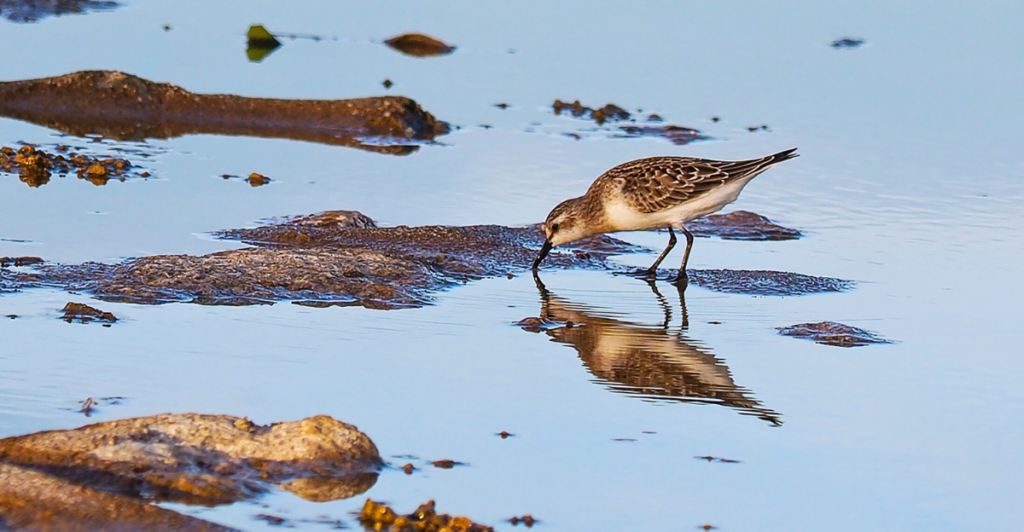
With reduced immune system diversity, Wrangel mammoths may have been susceptible to diseases introduced by migratory birds. Alternatively, natural disasters, such as extreme weather, volcanic activity, or food shortages caused by environmental shifts, could have delivered the fatal blow. It seems like the fragile existence of this final mammoth population had many factors contributing to its demise.
Lessons for Conservation
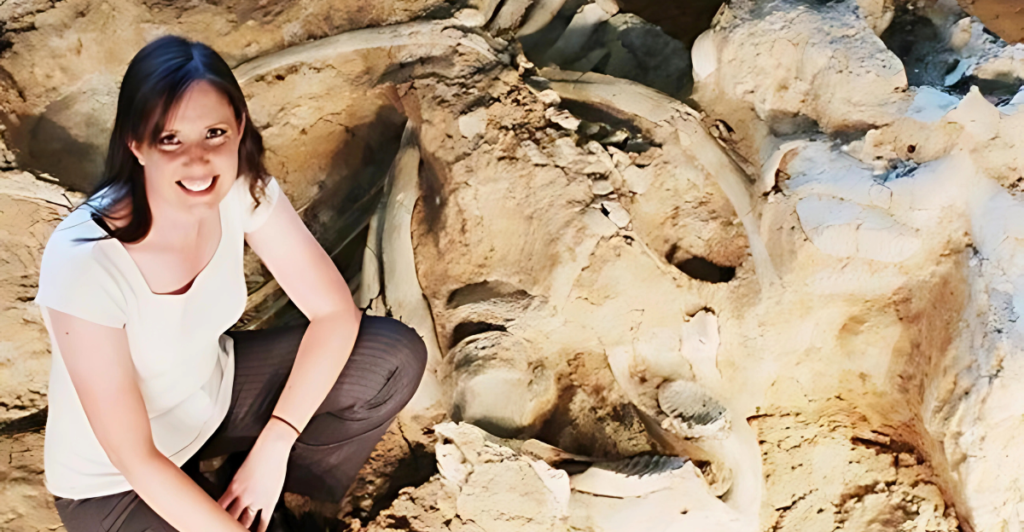
The tale of Wrangel Island mammoths underscores the challenges faced by species with small populations. Genetic resilience can prolong survival, but environmental pressures or random events can still cause extinction. Modern conservation efforts must heed this lesson: protecting genetic diversity and mitigating external threats are crucial for endangered species today.
Survival and Vulnerability

The Wrangel mammoths’ persistence against genetic odds speaks to their adaptability and resilience. Yet their sudden demise reveals the inherent vulnerability of isolated populations. Their story reminds us of the unpredictable forces shaping life on Earth—forces that continue to influence the survival of species in an ever-changing world.
Echoes of the Past
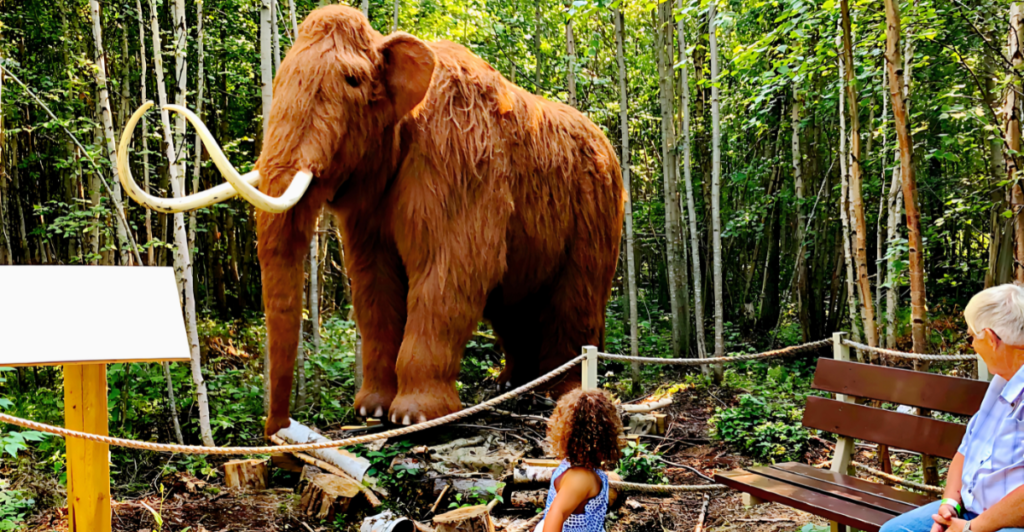
The woolly mammoth’s extinction is a tale of resilience, fragility, and mystery. From their Ice Age dominance to their isolated survival on Wrangel Island, these giants leave behind invaluable lessons. As science unravels its story, it becomes clear that extinction isn’t just about genetic decline or environmental change. It’s about the delicate interplay of chance, adaptability, and the limits of survival.
References:
Scientists finally solve the mystery of woolly mammoth extinction
Last surviving woolly mammoths were inbred but not doomed to extinction
Stay connected with us for more stories like this! Follow us to get the latest updates or hit the Follow button at the top of this article, and let us know what you think by leaving your feedback below. We’d love to hear from you!







